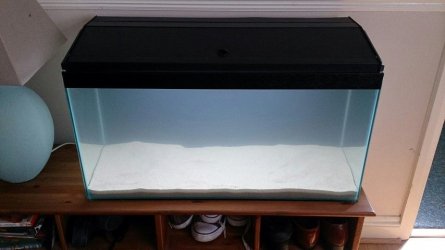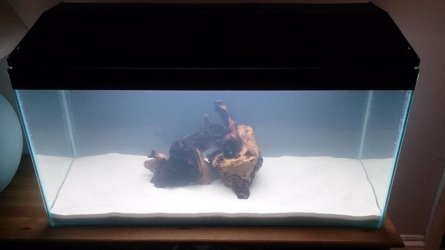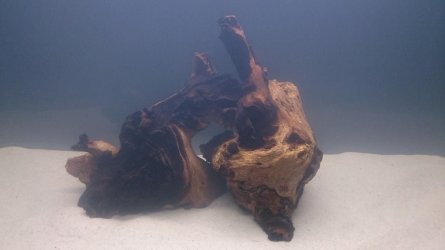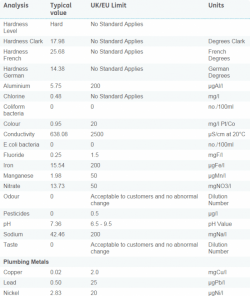L2wis said:Thanks for your reply Byron! This is my first tank so this is all brand new to me.
Regarding fish species at the moment I'm thinking only tiger barbs for the tank! Do you have a rough idea how many we could keep in my 90 litres tank when they're fully grown?
The other option I quite like it only tetras! Again not sure how many I could keep of them? I think only tiger barbs is probably what I'll go for, love the look of them!
Im still leaning towards play sand as substrate choice and your reply earlier strengthens that, I guess the question is whether tigers or tetras would be okay with sand.
Your 90 litre/23 gallon tank is pushing it a bit with Tiger Barbs, but it should work OK. But the barbs will be the only upper fish, and a group of 9-11; I like odd numbers, no reason here except personal choice, but I would not have less than 9 as fewer is more of a risk for aggressive behaviours, and your tank is not "large" to the fish. You could add some substrate fish to this for some lower interest, if carefully chosen both for the barbs and the tank size.
If this is your intended fish, think about a biotope-style aquascape. Biotope means that everything in the aquarium, from fish species, plant species, substrate material and decor (wood, rock, pebbles, etc) are close to what one would find in the fish species' natural habitat. Tiger Barbs (the correct scientific name is Puntius anchisporus, more on this below) is native to the island of Borneo but populations have been introduced elsewhere. The fish is found in quiet streams in the forest, with sand and rock substrates and dense marginal vegetation. A nice aquascape could therefore have a sand substrate (I would definitely use play sand here, for the effect) with some river rock of varying sizes scattered around to represent boulders. A couple chunks of bogwood representing fallen trees or roots on the riverbed would complete the hardscape. Plants could be confined to floating, to represent the overhanging marginal vegetation. Water Sprite (Ceratopteris cornuta) is ideal for this, as it is native to the region, or you could use the stem plant Wisteria (Hygrophila difformis) rooted in one rear corner and allowed to grow across the surface, or just left floating.
Now, back to the name of this species; may get a bit technical, but I like knowing these things out of interest and some others are probably the same.
The Tiger Barb has long been known under the incorrect scientific name of Puntius tetrazona. The true species (the aquarium "Tiger Barb") was originally described as Barbus anchisporus by L. Vaillant in 1902, but initial imports misidentified the fish as Systomus Capoeta sumatrensis, a similar-looking species, which after several name changes has ended up as Puntius tetrazona. This latter fish is quite rare, and probably all but unknown in the hobby. Dr. Kottelat (Maurice Kottelat et.al., 1993) sorted out the confusion but the Tiger Barb still frequently appears in the literature under the incorrect name. The man-made variants like the Green, Gold, etc. are not natural wild species but colour forms of the same species. I personally think the original species is the most attractive, which is usually the case.
The subject species was moved to the genus Puntius by T.R. Roberts in 1989. This genus, whose name comes from the Bangla term pungti (= small cyprinids) was erected in 1822 by F. Hamilton for the spotted barbs, and until fairly recently contained some 139 species; many ichthyologists have felt for some time that a full revision is needed, as this is certainly not a monophyletic clade. The revision considering the species native to Southern Asia (=the Indian subcontinent) by Pethiyagoda et al. (2012) has moved six species into the resurrected genus Systomus, and erected three new genera, Dawkinsia, Pethia and Haludaria [originally Dravidia in the paper, but subsequently changed], for several other "Puntius" species respectively. We can assume there will be more changes with the remaining Puntius species as time goes on.
Byron.


 /www.seriouslyfish.com/species/ambastaia-sidthimunki/
/www.seriouslyfish.com/species/ambastaia-sidthimunki/




